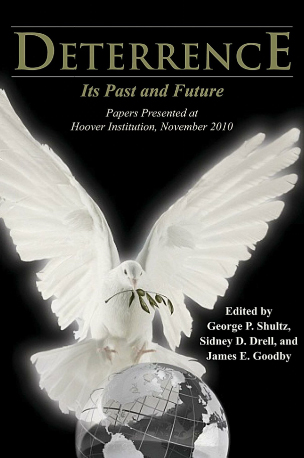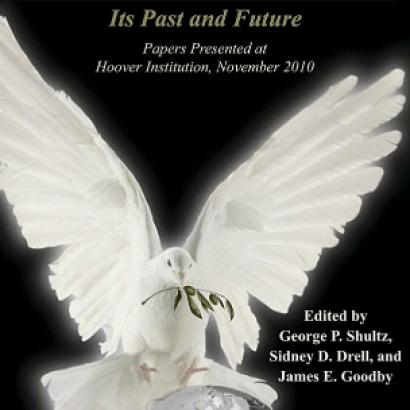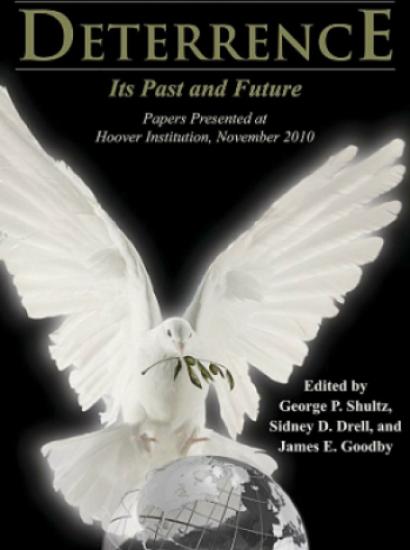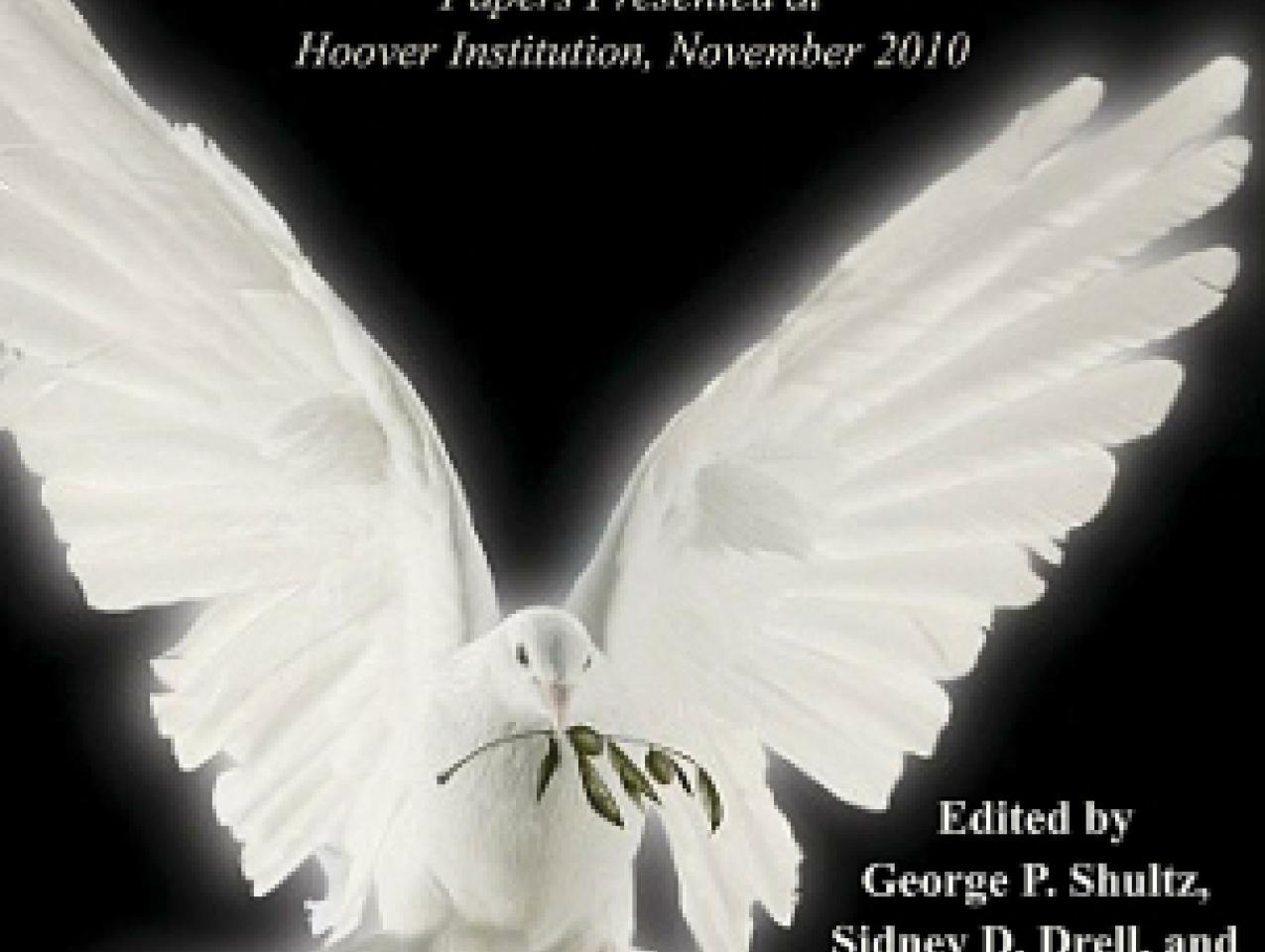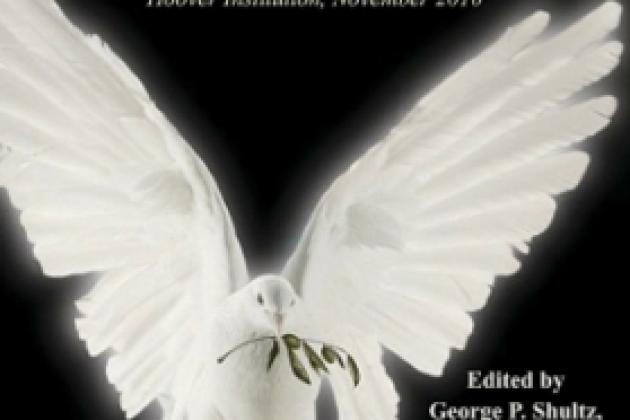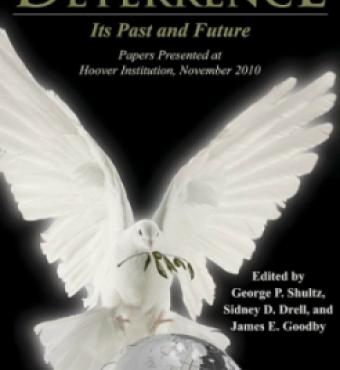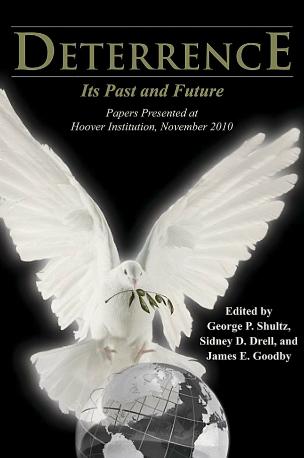Drawn from the third in a series of conferences at the Hoover Institution at Stanford University on the nuclear legacy of the cold war, this report examines the importance of deterrence, from its critical function in the cold war to its current role. Although deterrence will not disappear, current and future threats to international security will present relatively fewer situations in which nuclear weapons will play the dominant role they did during the cold war.
The authors highlight the ways in which deterrence has been shaped by surrounding conditions and circumstances. They look at the prospective reliability of deterrence as a tool of statecraft in the emerging international environment. And they examine the challenges of "weaponless deterrence": developing approaches to nuclear deterrence that rely not on the actual, but rather on the potential existence of nuclear weapons. In addition, they look at the ongoing debates over "de-alerting" (slowing down the capability for immediate launch and rapid nuclear escalation), the role of arms control, and the practical considerations related to verification and compliance.







